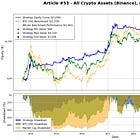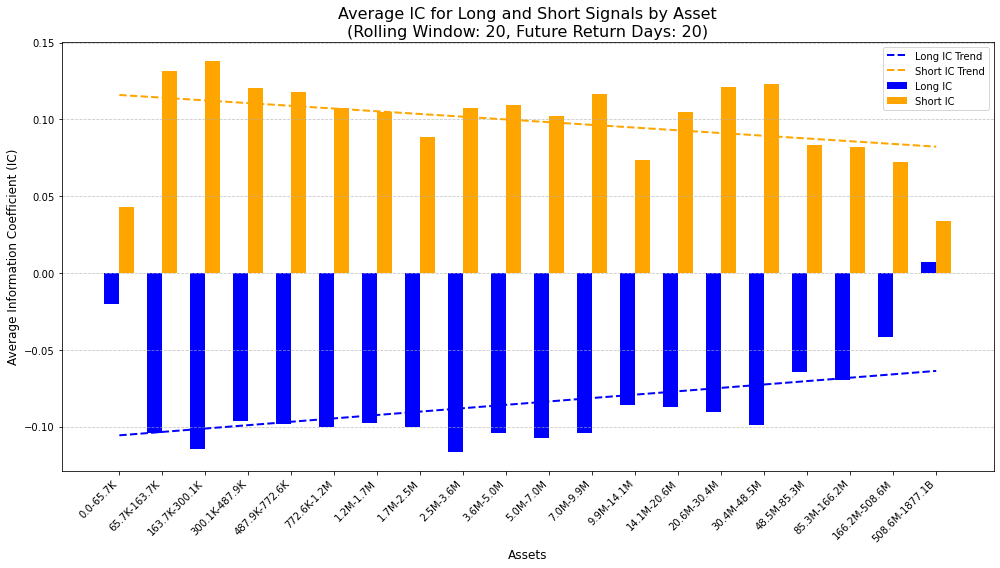Crypto Trend Through the Lens of Volume and Market Cap - Research Article #55
How does market cap and dollar volume as ranking features affect returns?
👋 Hey there, Pedma here! Welcome to the 🔒 exclusive subscriber edition 🔒 of Trading Research Hub’s Newsletter. Each week, I release a new research article with a trading strategy, its code, and much more.
If you’re not a subscriber, here’s what you missed this past month so far:
If you’re not yet a part of our community, subscribe to stay updated with these more of these posts, and to access all our content.
Automated trading, in order to expect any kind of profitability, requires efficiency in execution.
Let’s say that that it’s end of day, and we need to run our code that generates the signals for the next bar.
Our code takes 15 minutes to finish calculating the signals. That means that we’ve just incurred in 15 minute slippage, which can be pretty bad, unless we modeled for it.
As I was building the infrastructure for the deployment of the new trading model, I found an efficiency problem that needed to be addressed.
That feature was the market cap rank we talked about in research article #53:
It’s fine, and actually a good decision to use alternative data that is not price data, but we need to ensure it’s efficiency before deployment.
Why is market cap important to trading trend in crypto?
Because we know that lower market cap coins, have a tendency to have lower trend behavior, than larger, more liquid coins.
This makes economical sense right?
If a coin has low liquidity, low volume, it doesn’t take much to affect its price significantly. And that is not something that we want when we are looking for stable trends.
But as I was thinking through how to make this operational, within an automated infrastructure, I started to realize some of the problems.
Extracting the market cap data on a regular basis, for a model that requires that daily input, makes things way slower.
At least the way I’ve designed it so far. I can spend more time on the design, to make it more efficient, but let’s first try to find a more efficient solution, that gets us closer to what the market cap feature provides us with.
My question is, is there a simpler, more straight forward way that can be used as a proxy for market cap?





